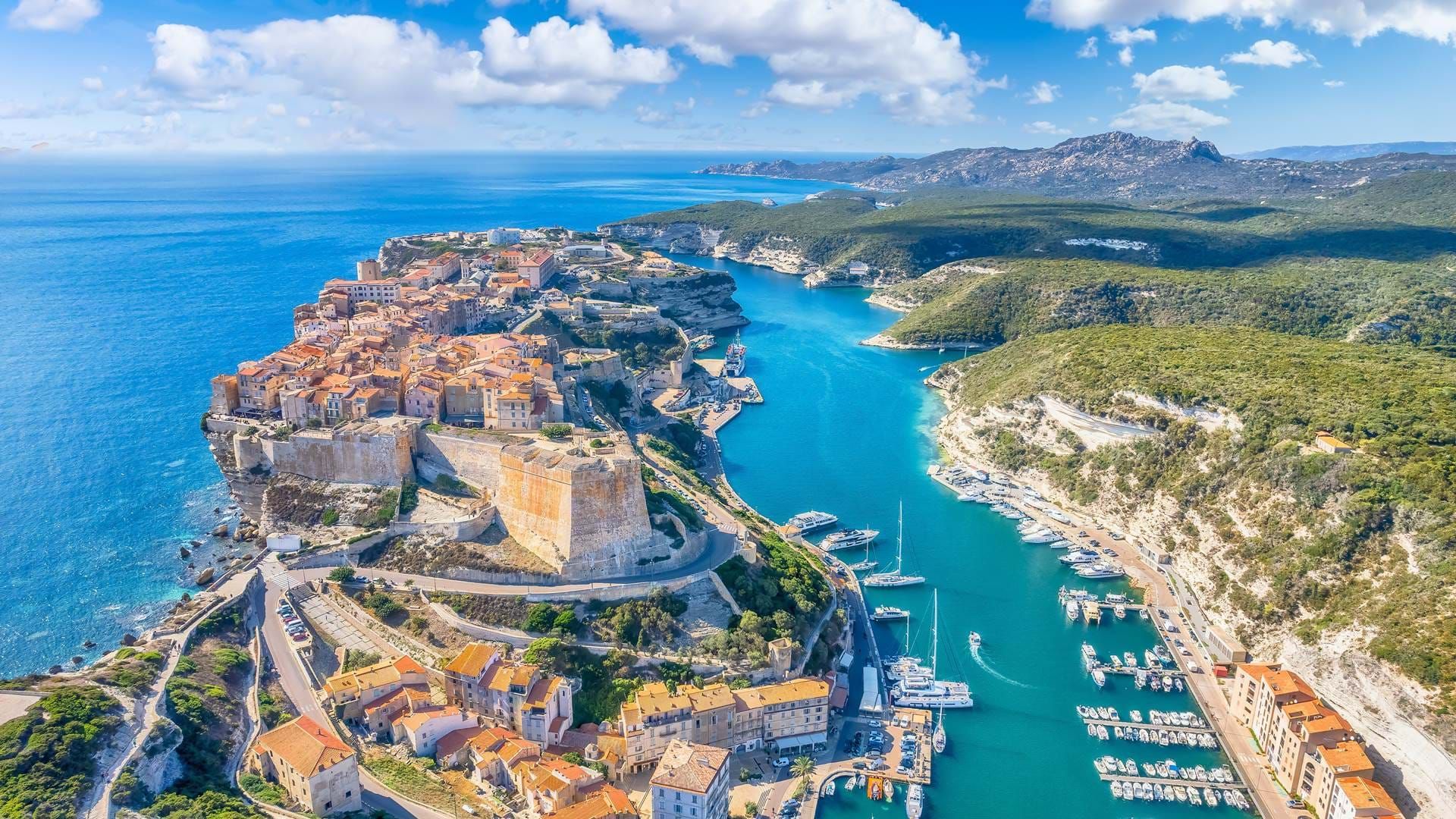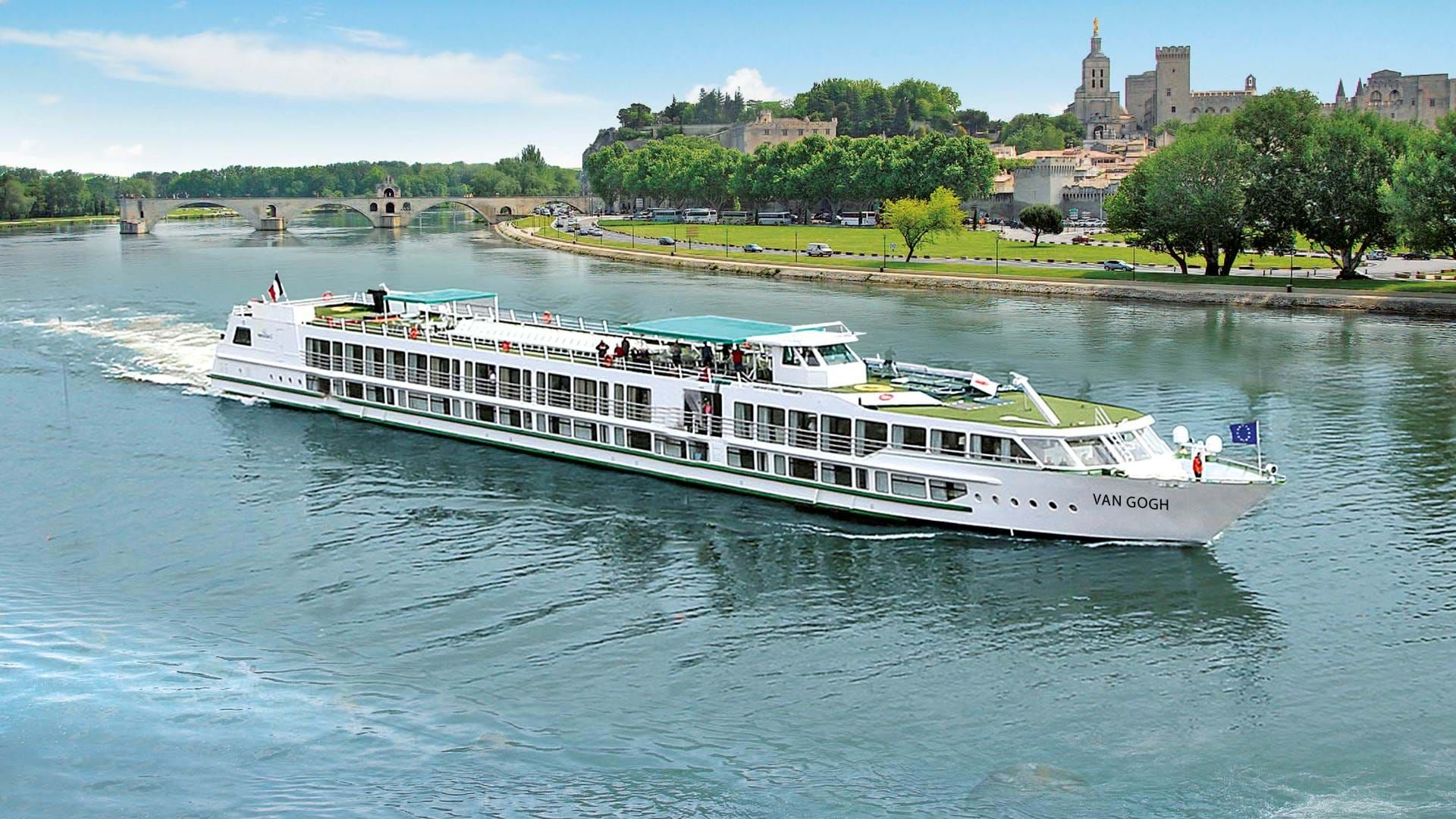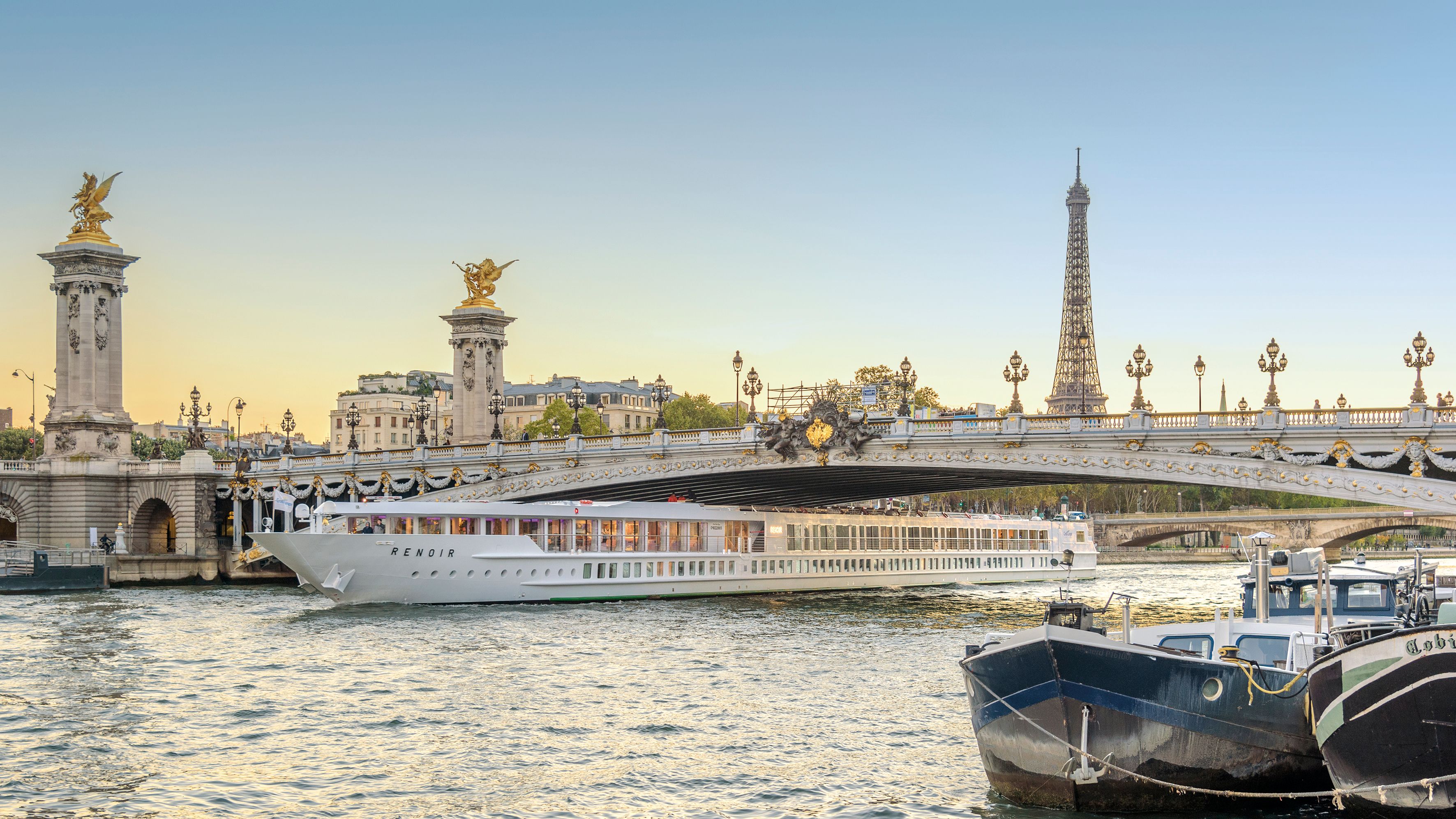Gloriously relaxing and evocative of a more civilised era of travel, there are few better ways to discover the ancient world than on a cruise. If you are looking for archaeology cruises, we have a fabulous selection of small-ship itineraries to choose from, which include both river cruises and ocean cruises alike.
Our Andante cruises are designed to open up the enchanting world of cruising to keen archaeology and history enthusiasts from all walks of life. What makes them unique is the accompanying package of fully exclusive, private excursions that have been skillfully crafted by our experts to enhance each itinerary.
Sail across sparkling oceans or wind your way along some of the world’s most famous rivers in search of incredible sites filled with rich history and ports that are brimming with vibrant culture, all the while enjoying the comforts that cruising can bring as your make your way to the next destination.
New for 2025, the Antiquity of the Aegean Cruise takes you to the heart of ancient Greek mythology and features fascinating palaces, sanctuaries, tombs, and – of course – the Athenian Acropolis. Plus Vietnam, The Mekong & Cambodia, where atmospheric cities, enchanting forests and architectural grandeur await on an 18-day trip with an 8-night cruise included. With the highlight being the magnificent temple complex of Angkor Wat, you can expect a wonderful exploration of the Mekong and its waterways, combined with the fascinating history, culture and delicious regional cuisine of both Cambodia and Vietnam.


Our Guides
NEWSLETTER
Opt-in to our email newsletter and hear about new offers first – view our privacy policy for details.



